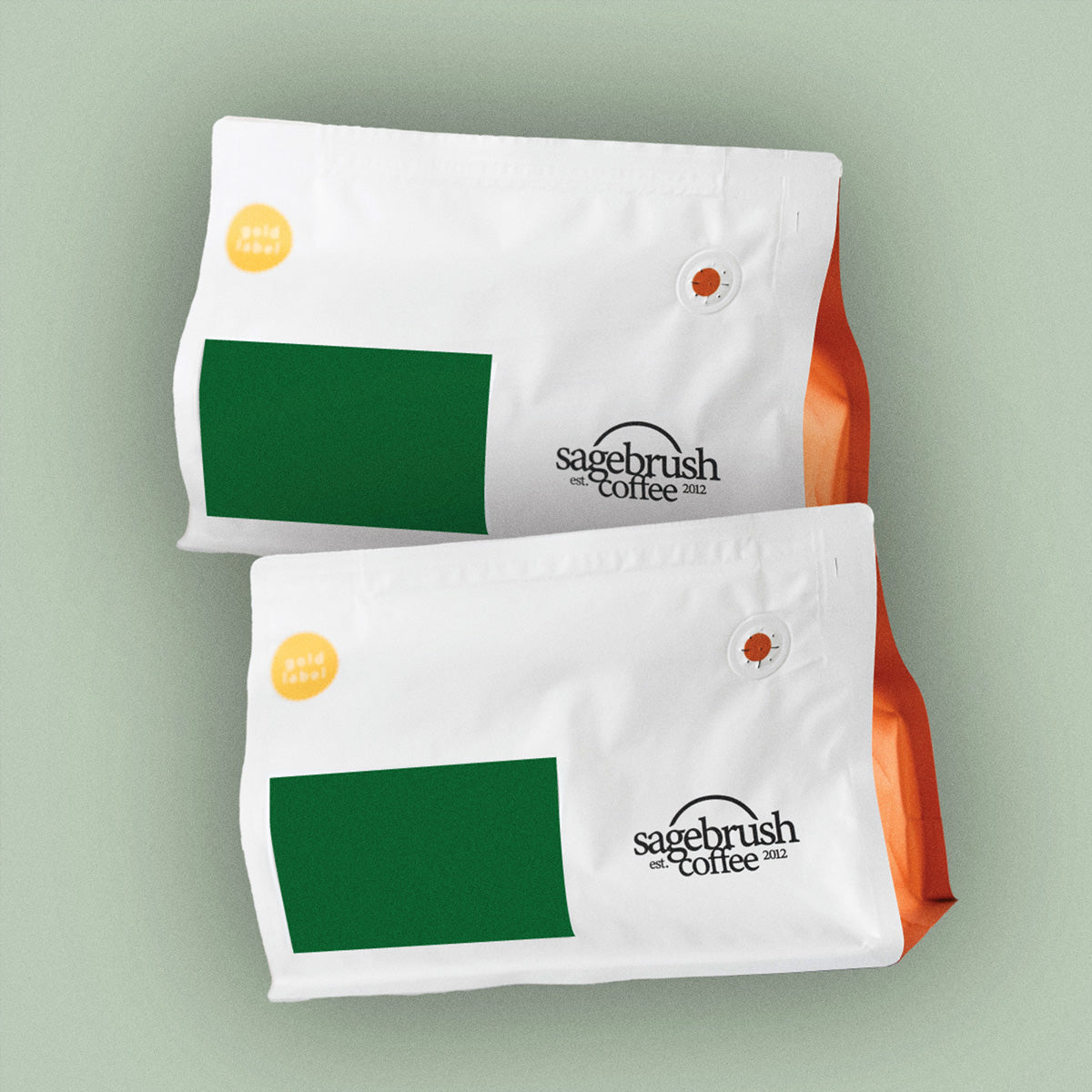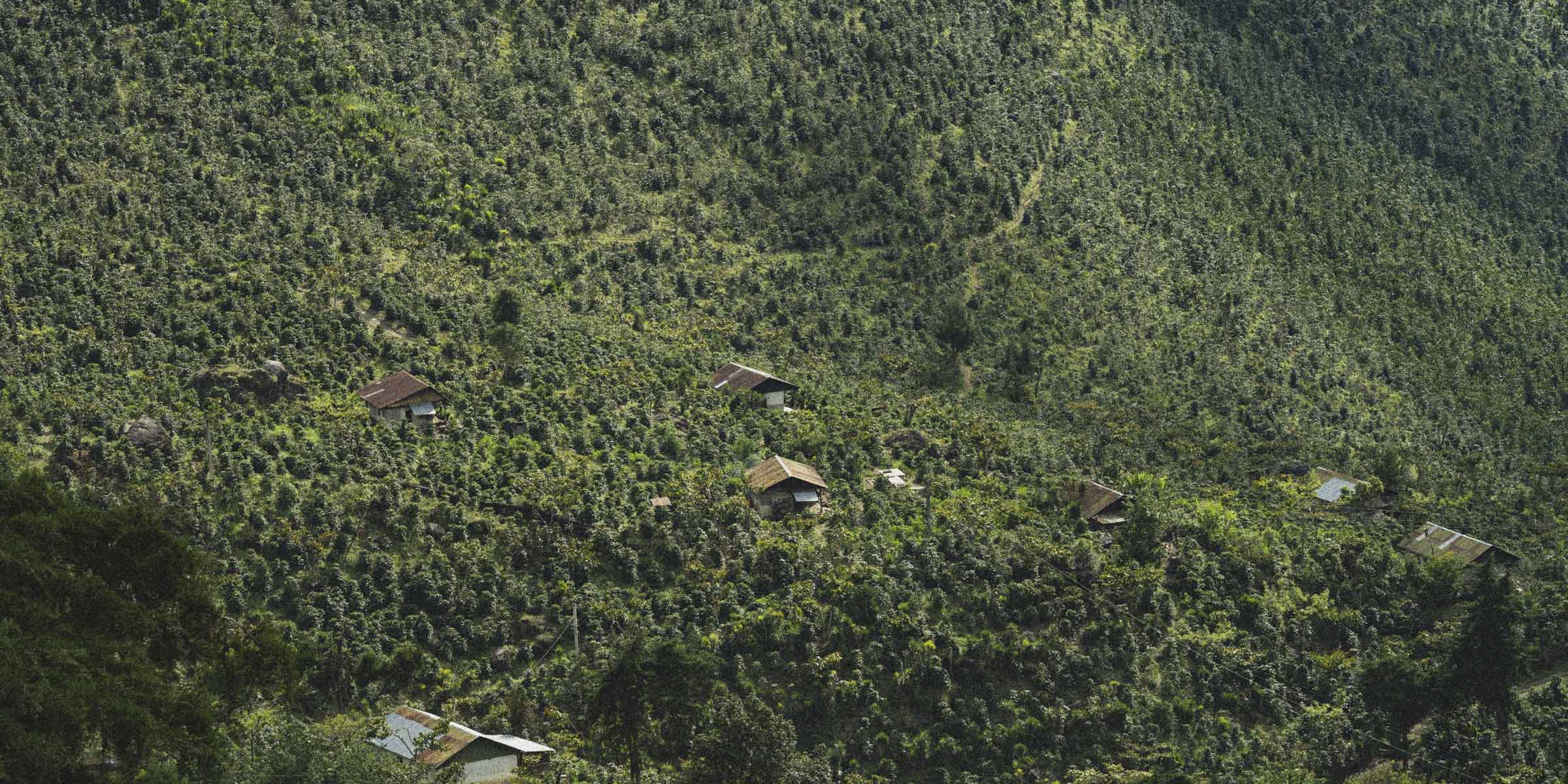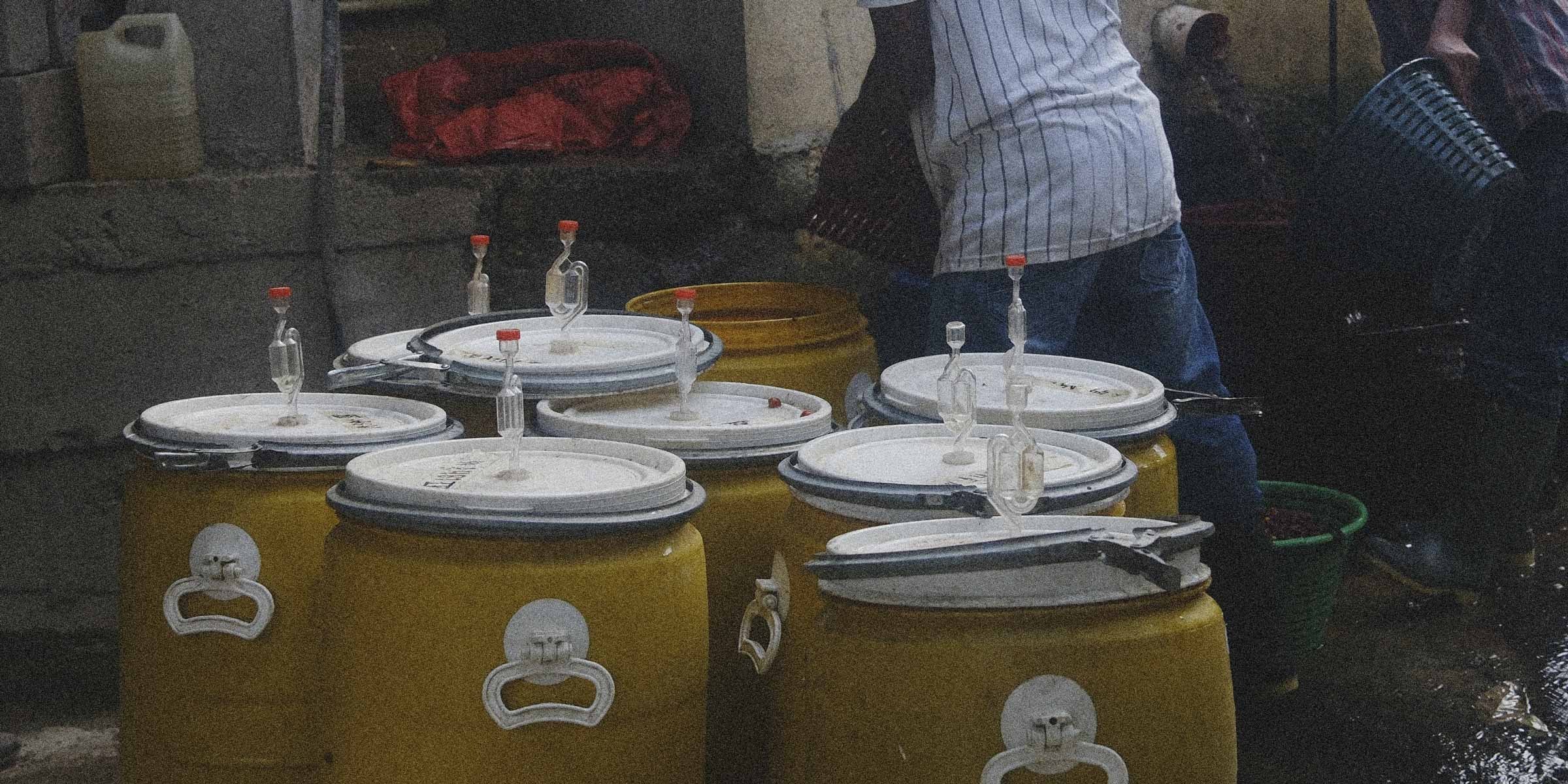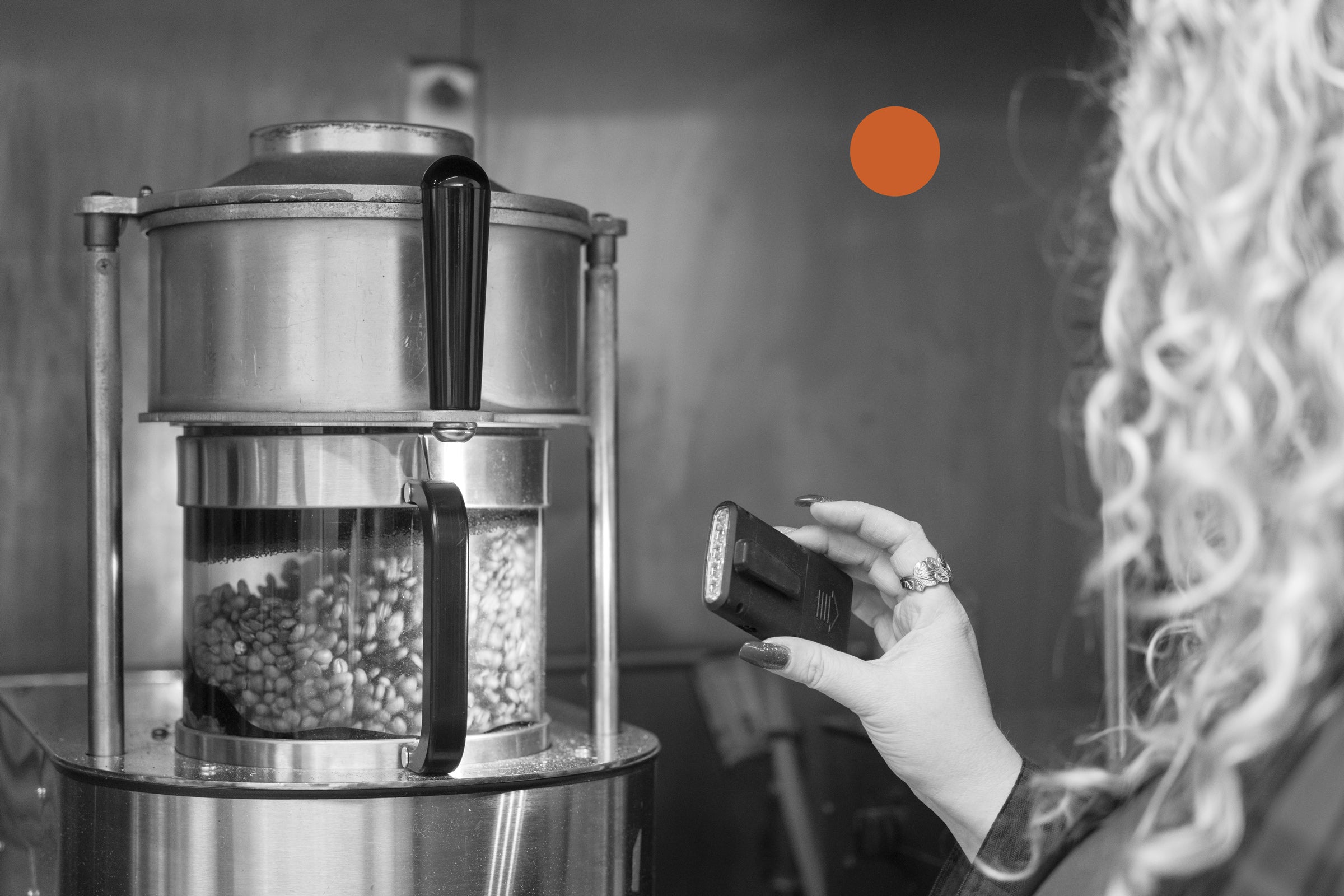In recent years I have become more and more familiar with the region of Antigua, not for its coffee but for family reasons. My dad was born and raised in Huehuetenango. My family path led all of us out of Guatemala and to the U.S. After many years of living here in the U.S., my dad returned to his native land, and I would go back to Guatemala to visit him. He lived in a neighboring city to Antigua so I would often go to Antigua to eat or to shop. I have taken many trips to Guatemala visiting coastal places for fun and to visit family. But because of my dad, I would go back to Antigua time and time again.
As you walk around you see narrow roads and small sidewalks. I’m always surprised at how small things feel there. Antigua is known for being a big tourist attraction and tourists are pretty easy to spot. It’s main feature is the Volcano of Fire (Volcan de Fuego), but also the ancient ruins dating back to the Spanish conquest of the area. People travel by car on cobblestone roads where there’s only room for one car to go in one direction. It’s also a really bumpy ride. But it’s all part of its charm. You see shops, restaurants, and a central market. A lot of these businesses are run by native people who still dress in their traditional clothes. Women are sometimes carrying full loads of goods on their heads, or carrying babies wrapped up really tightly. It almost feels like two different worlds, the tourist world and the world of the people that were born, work, and live there.
Walking through these areas, the sense of the difficulty of life is in plain sight. With the backdrop of the Volcan de Fuego (Volcano of Fire), these people claw and fight for a better way of life. The Volcan the Fuego is one of Guatemala’s most active volcanos. In 2018 the volcano of fire erupted spewing columns of rocks, ash, and fire causing mass devastation to the neighboring cities of Antigua. 12,823 people were evacuated. Volcanic material destroyed 21,000 acres of corn, beans, and coffee crops. It has been difficult for farmers to recover even though years have gone by. As Guatemala ranks as one of the smallest Latin American economies, crime is sky high, with more than half of its people living under the poverty line, Guatemalans have had to learn to be resilient in the face of disaster. Four of the 37 volcanoes in Guatemala are active and El Volcan de Fuego has erupted more than 60 times in the last 500 years.
The rebuilding work is still ongoing and will continue for years to come. So when you drink a cup of coffee from Antigua, think about the farmer, who in the last several years, harvests coffee against all odds overcoming great adversity to pursue a better way of life. Perhaps your cup of coffee may even help him, and many others, rebuild their dream.

















